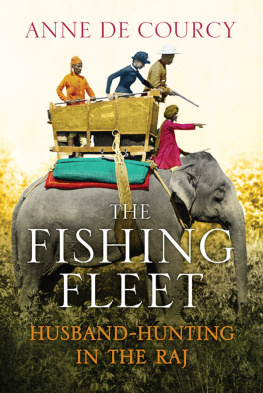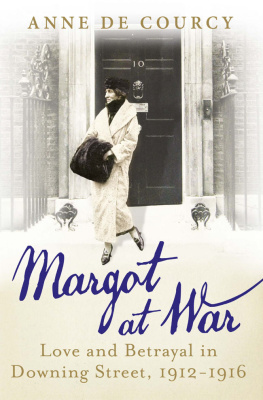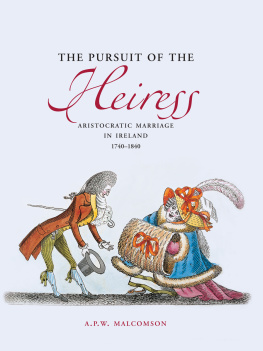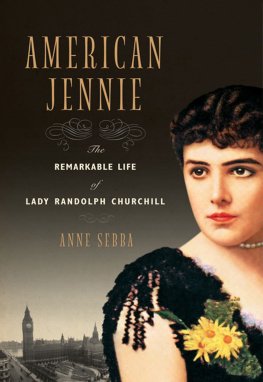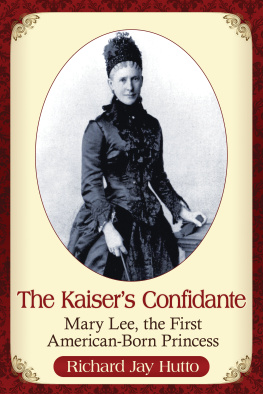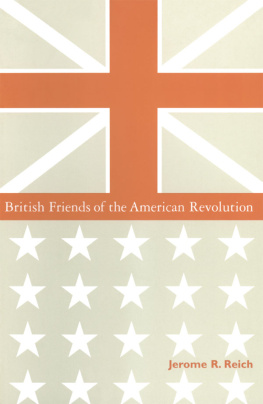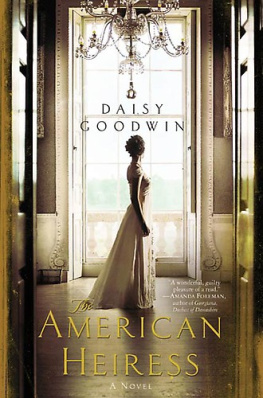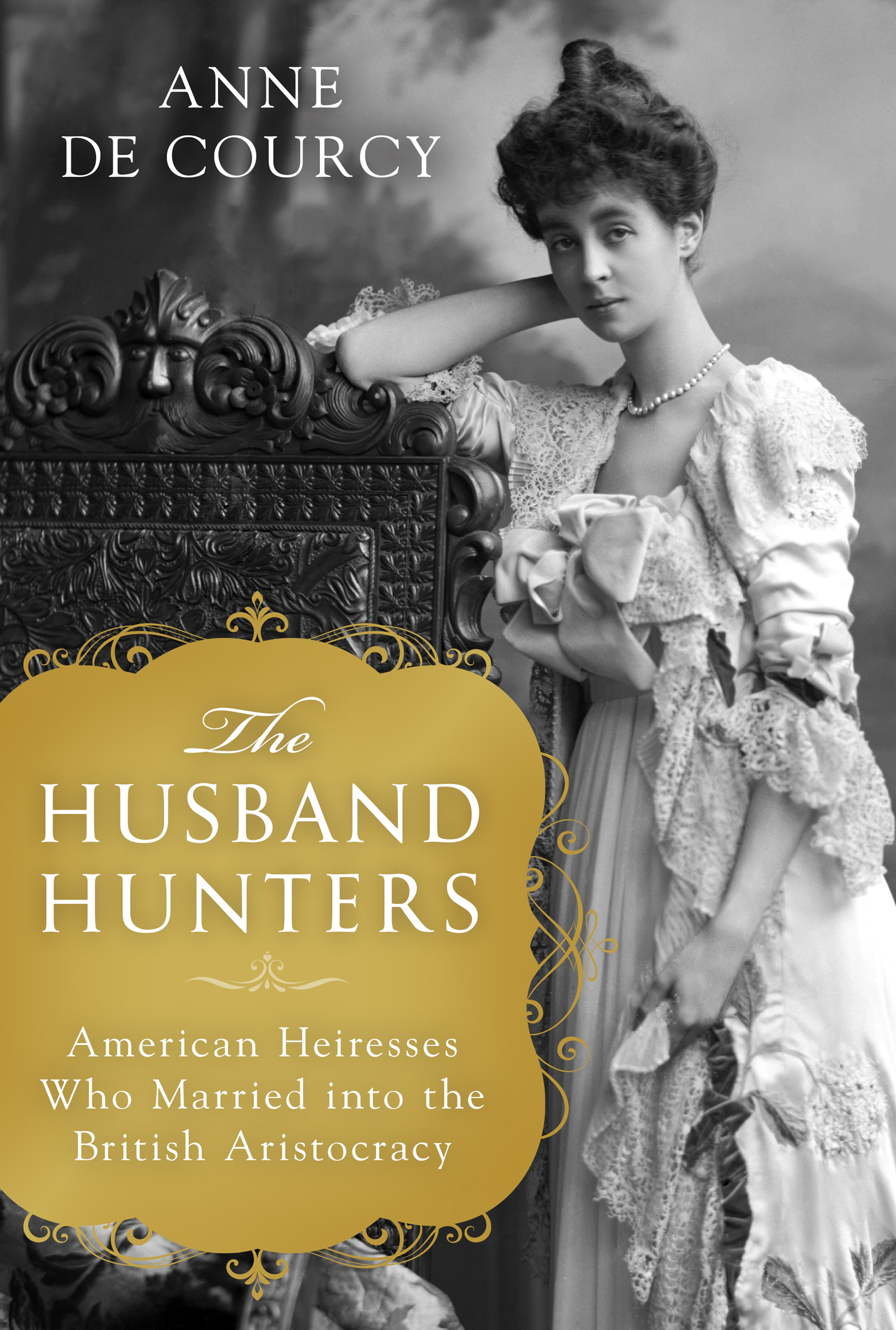Contents
Guide
Pagebreaks of the print version

The author and publisher have provided this e-book to you for your personal use only. You may not make this e-book publicly available in any way. Copyright infringement is against the law. If you believe the copy of this e-book you are reading infringes on the authors copyright, please notify the publisher at: us.macmillanusa.com/piracy.
Section One
(Bridgeman)
(Bridgeman)
(Bridgeman)
(Library of Congress)
(Library of Congress)
(Getty)
(Library of Congress)
(Bridgeman)
(Alamy)
(Alamy)
(Bridgeman)
(Alamy)
(Bridgeman)
(Bridgeman)
(Bridgeman)
(Bridgeman)
(Mary Evans)
(Getty)
(Getty)
(Mary Evans)
(Mary Evans)
Section Two
(Getty)
(Library of Congress)
(Bridgeman)
(Bridgeman)
(Alamy)
(Rick Hutto)
(Rick Hutto)
(Bridgeman)
(Alamy)
(Private collection)
(Library of Congress)
(Getty)
(Bridgeman)
(Library of Congress)
(Library of Congress)
(Library of Congress)
(Bridgeman)
(Alamy)
(Metropolitan Museum of Art)
(Bridgeman)
(Bridgeman)
For me, one of Edith Whartons most intriguing novels is The Buccaneers the story of four American girls, not in the right set in New York, who come to England and marry into the peerage. The St George girls were beautiful, and their parents rich, yet fashionable New York had rejected them, says Wharton in her book. It was bitter to be left out of all the most exclusive entertainments, to have not a single invitation to Newport, to be unbidden to the Opera on the fashionable nights, thought the elder girl, Virginia St George; and still more did this ostracism rankle with her mother, desperate to see her daughters make good matches.
So when the suggestion was made of a London season, with the aid of one or two good contacts, it was eagerly taken up by Mrs St George. It was not long before her daughters looks, beautiful clothes, confident American naturalness and sense of fun had landed them their titled catches.
Wharton, herself born into this right set, based her novels on what she saw around her, from personalities to places, from clothes to customs, so that they are virtually a biography of the times. In the period between 1870 and 1914 Wharton was twenty in 1880 454 American girls married titled Europeans. One hundred were to British aristocrats sixty to eldest sons, forty to younger sons, six to dukes, with 1895 the peak year for such marriages. By any standards, this was a staggering number.
It was a real invasion, and recognised as such. So well known was it that when Sir William Gordon-Cumming spotted Leonie Jerome, the youngest of the Jerome sisters, walking in Hyde Park on her first visit to London in 1882, he went up to her and said: Over here husband-hunting? The year before, the Punch Almanack had featured a group of New York Millionairesses about to start for Europe, shown studying not Murray and Baedeker oh dear no! but Burke and Debrett, making notes of all unmarried peers and bemoaning that photographs are not published as well as ages and titles. There was even a magazine to help them do this: Titled Americans was a New York quarterly, with a list of eligible single noblemen at the back.
For me, the interesting thing was not so much that they made these marriages, as why. Why should so many of these young women troop across the Atlantic when there were plenty of good-looking and much wealthier young men in America (where males still outnumbered females)? The obvious answer, that it was a case of cash for coronets, is from many points of view too simplistic. And what were the social and economic factors behind these marriages that made such a lasting impact on British society?
There was, on the face of it, no reason why American girls, spoilt and cosseted in their own country, should wish to spend the rest of their lives far from their families and the friends they had grown up with, plunging into marriages that surrounded them with strangers, reduced them immediately to the property of a man whose right to control their lives and money was unquestioned, and whose country was the embodiment of much that their background had taught them to disapprove of.
After all, it was only just over a hundred years since the fiercely fought War of Independence that had created the United States and given birth to its Constitution. America had supposedly freed itself from the idea of hereditary aristocrats; the Republican credo of its citizens equality was trumpeted forth at every opportunity often contrasted with the effeteness and decadence of these scions of the Old World and yet here were its daughters turning eagerly towards them. It was the meeting of a whole set of diametrically opposed ethics.
The first surprise to me was that the husband-hunters, as they quickly became known, were often the mothers rather than the daughters. Some girls, it is true, had a firm idea that they wanted to marry an English aristocrat, and led the way towards their potential target, but more often than not it was the mothers who took this decision.
Some brought their daughters over to Europe in their early teens, sometimes because it was less embarrassing to say: Im educating my daughter in France, than Mrs Astor hasnt asked me to her ball, sometimes to put a gloss on them so that these girls would shine more brightly in the marriage market when they returned to New York, and sometimes to establish a foothold so that if New York turned its back on their daughter when she made her dbut, she could be taken back to Europe and then, with the right connections and enough money, filtered into English society where, it was hoped, she would make a brilliant match.
Modern women might find it difficult to understand just how much of a role the mother of a marriageable girl played in finding her daughter a spouse. Although love was desirable, it did not play nearly such a large part in the mating game as it does today far more important were other factors such as family background, money, probity and general suitability. Thus many of these marriages were just as much a creation of the American mother as of the American daughter. For often, as I show in this book, it was the American mother who was the true husband-hunter, who took the initiative in seeking a match for her daughter in the Old World, rather than an adventurous daughter suggesting a trip to Europe and who realised that a peeress daughter would be the key that allowed her mamma to unlock the gates of society back home. Even Mrs Astor would not refuse admittance to the mother-in-law of an earl. Punch, always a mirror of its times, has an 1890s cartoon of an American mother holding her daughter on a leash so that she has no option but to marry the insignificant little peer beside her as both stand in front of the altar.
Another aspect that emerged equally strongly from my research was the clash between the matriarchal society of the US and the patriarchal society of England, often resulting in a rude shock for the American bride, who had grown up seeing her mother do more or less what she wanted, paid for by an unquestioning husband, and who expected to do the same. For American upper-class society was run by women, for women; whereas in England it was fitted around the demands and expectations of male lives. Women may have fulfilled a vital role, but it was a secondary one secondary to the demands of husband, estate, Parliament and sport.


